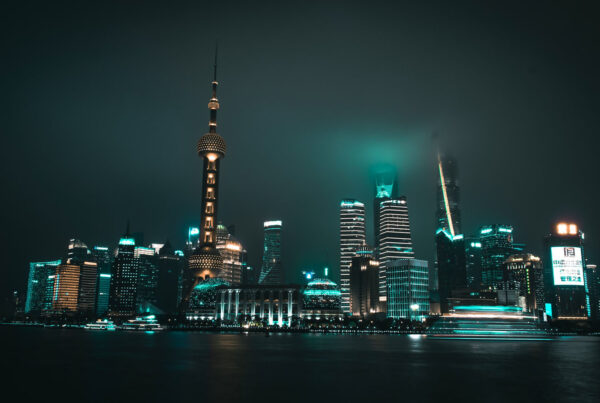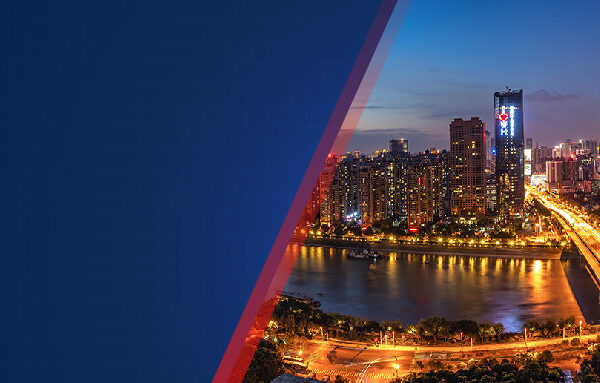Home to more than 200 million Internet users, Indonesia is one of the fastest-growing Internet economies in Southeast Asia. Indeed, its 2030 gross merchandise value (GMV) alone is projected to be twice that of Southeast Asia’s entire GMV today, according to the latest edition of Google and Temasek’s e-Conomy SEA report.
Digital transformation in Indonesia
The report – and other projections like it – serve to underscore Indonesia’s rapid digital growth over the last few years. This burgeoning digital transformation and the vast potential that it represents have gained the attention of cloud providers over the last few years, many of which have established a physical presence in the country.
Chinese e-commerce giant Alibaba was the first multinational cloud provider when it launched its public cloud in Indonesia in 2018. This was followed by the other major public cloud platforms such as Microsoft Azure, Google Cloud, and AWS. The rapid growth of cloud providers has benefited businesses in Indonesia, allowing startups to launch quicker and for established firms to leverage the cloud to accelerate their digital transformation efforts.
The demand by both hyperscaler cloud providers and enterprises upgrading their existing colocation facilities has also increased the need for quality data centers in Indonesia. This generated additional pressure on the industry in two ways: from heightened demand for data center space to the need for additional network capacity.
Soaring demand
To address the growing demand for data centers, PDG entered Indonesia in 2019 as part of a telco carve-out. While this gave PDG immediate access to the market with a pan-country footprint of three data centers (now five data centers) it wasn’t the entire story. Behind the scenes, the team with its unmatched experience did a substantial amount of work to transform the data centers from a state that was optimized for a single telecommunication provider to one that can serve a variety of colocation customers.
Enhancements made included the beefing up of security at entry points, establishing additional checkpoints across the facility, and ramping up infrastructure such as the number of power feeds and the power density. Additional security improvements were also made to meet the stringent requirements of the most security-conscious customers from the banking and financial sector.
The PDG team committed to redesigning the data centers by incorporating feedback from Indonesian customers. This proved to be hugely rewarding as the data centers were successfully transitioned to a multi-tenant data center conforming to all relevant regulatory and international standards.
For connectivity, PDG worked with fiber operator partners for connectivity across Indonesia. One change PDG made was to make our data centers carrier-neutral, giving content providers or enterprises the freedom to choose from a richer breadth of connectivity options.
A mutually beneficial partnership
As an archipelago with thousands of islands, Indonesia relies heavily on submarine cables for network connectivity. It is no secret that connectivity around the eastern areas of Indonesia is not as good as in the west of the country, especially when compared to the Greater Jakarta region. Indeed, Internet access in the former is still heavily reliant on mobile networks operated by telecommunication firms.
This is the reason for the Palapa Ring Project, an ambitious initiative to install 12,000 kilometers of fiber cable to serve as the national backbone. But while the fiber infrastructure is crucial, peering is just as vital. On that front, PDG and The Indonesian Internet Service Provider Association (APJII) in April announced a collaboration to further elevate Indonesia’s Internet infrastructure.
This strategic partnership will help APJII members, which include more than 700 internet providers and over 3,000 corporate members, with easy access to the Indonesia Internet Exchange (IIX). This is a two-way partnership, as the existing APJII facility in Jakarta is getting congested, and additional data center space is required for the equipment to alleviate this congestion.
PDG is an ideal partner as it is unique in its focus on developing additional data centers in other parts of Indonesia from the beginning. Today, we have facilities in Jakarta, Bandung, Surabaya, and Pekanbaru, which makes our data centers good sites for APJII to expand and diversify its architecture across Indonesia.
Conclusion
As we work unceasingly to strengthen our position as the undisputed pan-Asia market leader, we are also constantly broadening our presence in Indonesia. We are cognizant that timing and availability matter to hyperscalers and enterprises looking to expand their data center footprint.
On this front, we are happy to confirm that the new Jakarta Cibitung 2 (JC2) data center is on track to launch in Q2 of 2023. Built within the same campus that houses PDG’s existing data center JC1, JC2 is a greenfield 22MW facility that will give us an expanded campus of 35MW well-poised to offer global cloud providers, domestic Internet companies, and enterprises with the space, connectivity, and reliability they need.
About PDG
Princeton Digital Group (PDG) is a leading developer and operator of Internet infrastructure. Headquartered in Singapore with presence and operations in China, Singapore, India, Indonesia, and Japan, its portfolio of data centers powers the expansion of hyperscalers and enterprises in the fastest-growing digital economies across Asia. For more information, visit www.princetondg.com or follow us on LinkedIn.
.







